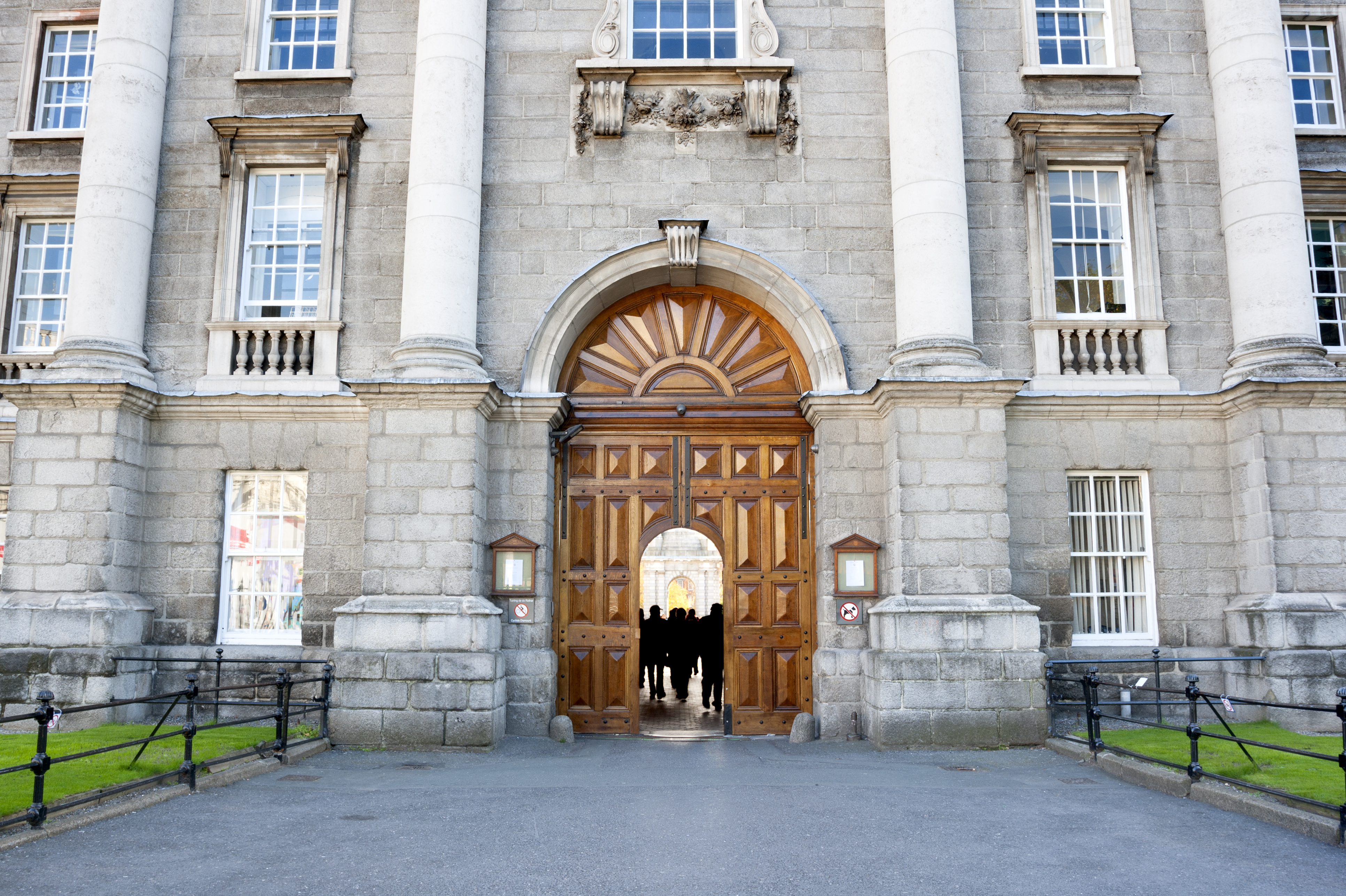In late January, The College Tribune, an independent newspaper for University College Dublin, reported that Trinity News, a student newspaper for Trinity College in Dublin, had issued a private apology for plagiarism in a series of recent articles.
According to The College Tribune, the articles involved did not copy any verbatim language, but instead copied reporting from both The College Tribune and the University Observer, another paper from University College Dublin. As proof of this, The College Tribune reached out to some of the sources in the stories and confirmed that, though they were quoted, they had not been contacted by Trinity News.
Trinity News issued an apology for the plagiarism and removed the articles. Prior to the articles being removed, they were amended to add attribution to the the two papers.
However, not everyone was happy about the apology or the reporting by The College Tribune.
The University Times, which is based out of Trinity College and is Ireland's largest student newspaper, published an article of its own on the topic, saying that the incident was not plagiarism at all.
Noting that journalism is not held to the same citation standards as academia, The University Times said that the reporting in The College Tribune was "lazy journalism" and that the case simply didn't rise to the standard of plagiarism.
According to The University Times, "Reporting something without properly attributing your source happens all the time in newspapers. That doesn't make it right, or fair. But if you're interested in the ethics of journalism and think the New York Times doesn't often enough have to update articles to give proper credit to the original sources, then you haven't really been paying enough attention."
The article went on to say that Trinity News was "silly" for apologizing for the transgression and that the editor's note should have sufficed on the articles.
The University Times has faced allegations of plagiarism in its own right. In 2014, the paper removed an editor over a plagiarism scandal and it's an incident that the paper cites in how to properly handle allegations of plagiarism when they arise.
However, the 2014 case dealt largely with verbatim text. The 2017 story deals more with the issue of aggregation and attribution for the legwork of reporting, rather than the exact language.
And that is definitely a thornier issue. While there is widespread agreement about when and how to attribute the language of an article, the bulk of the work goes into gathering the information. However, how to properly attribute that effort is much more complex.
Still, leaning on the work of others without giving back to it, either through funding (such as with a wire service) or attribution, creates a parasitic relationship. The goal of aggregation should always be one of symbiosis, one where both the source and the aggregator receive benefit.
Whether or not one considers Trinity News' actions plagiarism, they clearly made a misstep. Whether or not one feels that removing the articles was excessive, something clearly had to be done.
Trinity News did what they felt was best in this case. When dealing with gray areas, it's often best to err on the side of caution, especially for newspapers that live and die by their reputation.
Plagiarism or not, it was the safest (and likely wisest) course of action for Trinity News to take.
The opinions expressed in this article are those of the author, Jonathan Bailey of Plagiarism Today, and do not reflect the opinions of Turnitin.




